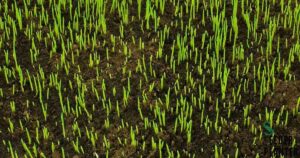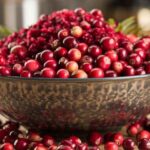In recent years, chia seeds have surged in popularity as a nutritional powerhouse. These tiny seeds, native to Mexico and Guatemala, have become a staple in health-conscious kitchens worldwide. But as their popularity grows, so do the questions surrounding their preparation. One of the most common queries is: do you have to soak chia seeds before consuming them? This comprehensive guide will delve into the world of chia seeds, exploring their nutritional benefits, preparation methods, and the pros and cons of soaking.
Chia Seeds: Nature’s Tiny Powerhouses
Chia seeds, derived from the Salvia hispanica plant, have been a part of human diets for centuries. These small, oval-shaped seeds pack a surprising nutritional punch, making them a favorite among health enthusiasts and culinary experts alike.
Why Chia Seeds Are a Superfood
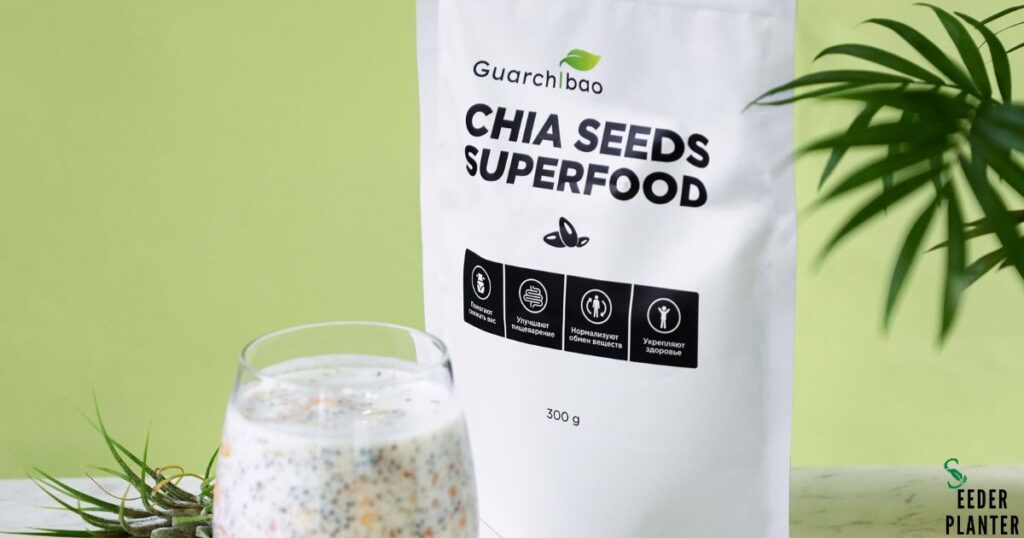
Before we dive into whether you need to soak chia seeds, let’s examine why these seeds have earned their superfood status. Chia seeds are remarkably nutrient-dense, offering a wide array of essential vitamins, minerals, and beneficial compounds in a small package.
One of the most notable features of chia seeds is their high fiber content. A single tablespoon of chia seeds contains a whopping 5 grams of fiber, which is more than you’d find in many fiber supplements. This fiber is a mix of both soluble and insoluble types, contributing to their impressive nutritional profile.
Chia seeds are also renowned for their omega-3 fatty acid content, particularly alpha-linolenic acid (ALA). These healthy fats play a crucial role in reducing inflammation and supporting heart health. Additionally, chia seeds are a complete protein source, containing all nine essential amino acids that our bodies cannot produce on their own.
But the benefits don’t stop there. Chia seeds are also rich in minerals such as calcium, phosphorus, zinc, and magnesium. They contain antioxidants that help protect our cells from damage, and their high iron content makes them an excellent choice for those looking to boost their iron intake.
Do You Have to Soak Chia Seeds?
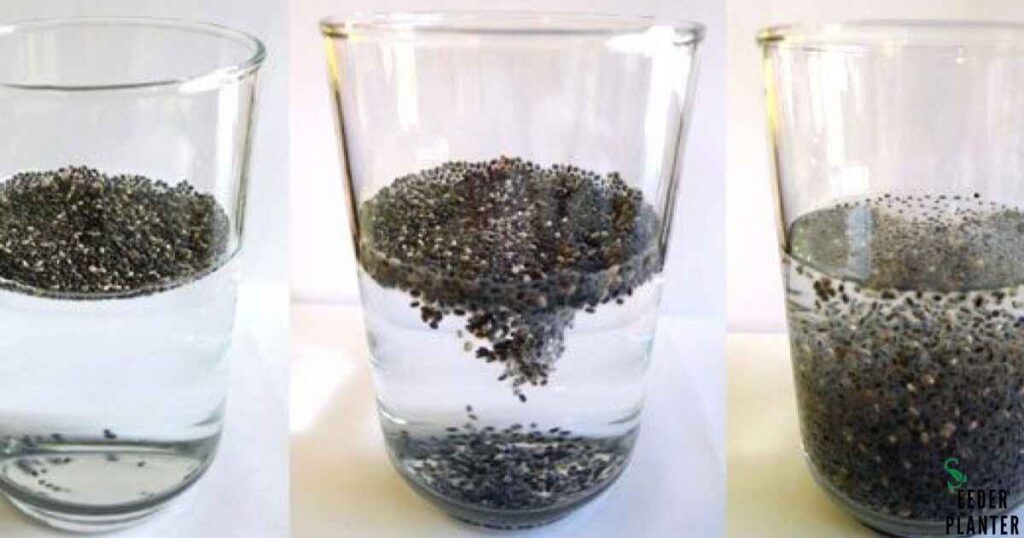
Now, let’s address the burning question: do you have to soak chia seeds before eating them? The short answer is no, you don’t have to soak chia seeds to enjoy their nutritional benefits. However, soaking can enhance their digestibility and versatility in recipes.
The Case for Soaking Chia Seeds
While it’s not mandatory to soak chia seeds, there are several compelling reasons why you might want to consider this preparation method:
- Improved Digestibility: Soaking chia seeds can make them easier to digest. When soaked, chia seeds form a gel-like substance that can help them move through your digestive system more smoothly.
- Enhanced Nutrient Absorption: Some believe that soaking chia seeds may increase the bioavailability of their nutrients, making it easier for your body to absorb and utilize them.
- Versatility in Recipes: Soaked chia seeds have a unique texture that works well in many recipes, from puddings to smoothies.
- Hydration Benefits: Chia seeds can absorb up to 12 times their weight in water. When consumed with liquid, they can help you stay hydrated for longer periods.
How to Soak Chia Seeds
If you decide to soak your chia seeds, the process is simple. Here’s a basic method:
- Mix 1/4 cup of chia seeds with 1 cup of liquid (water, milk, or plant-based milk).
- Stir well to prevent clumping.
- Let the mixture sit for about 15 minutes, stirring occasionally.
- For a thicker consistency, refrigerate for a few hours or overnight.
This ratio creates a pudding-like consistency perfect for many recipes. However, you can adjust the ratio depending on your desired texture and the specific recipe you’re using.
When Soaking Isn’t Necessary: Other Ways to Enjoy Chia Seeds
While soaking can be beneficial, it’s not always necessary. There are many ways to incorporate dry chia seeds into your diet:
Baking with Chia Seeds
Chia seeds make an excellent addition to baked goods. They can be used whole or ground in recipes for muffins, bread, and pancakes. When used in baking, do you have to soak chia seeds? Not at all! The moisture in the batter is usually sufficient to hydrate the seeds during the baking process.
Chia as an Egg Substitute
Ground chia seeds mixed with water can serve as a vegan egg substitute in many recipes. For this application, a quick soak of about 5 minutes is usually sufficient.
Read This Blog: Planting a Seed of Faith: Bible Verses and Spiritual Growth
Chia in Smoothies and Yogurt
Adding dry chia seeds to smoothies or sprinkling them on yogurt is a quick and easy way to boost the nutritional value of these foods. The liquid in these dishes will naturally hydrate the seeds.
The Science Behind Chia Seed Absorption
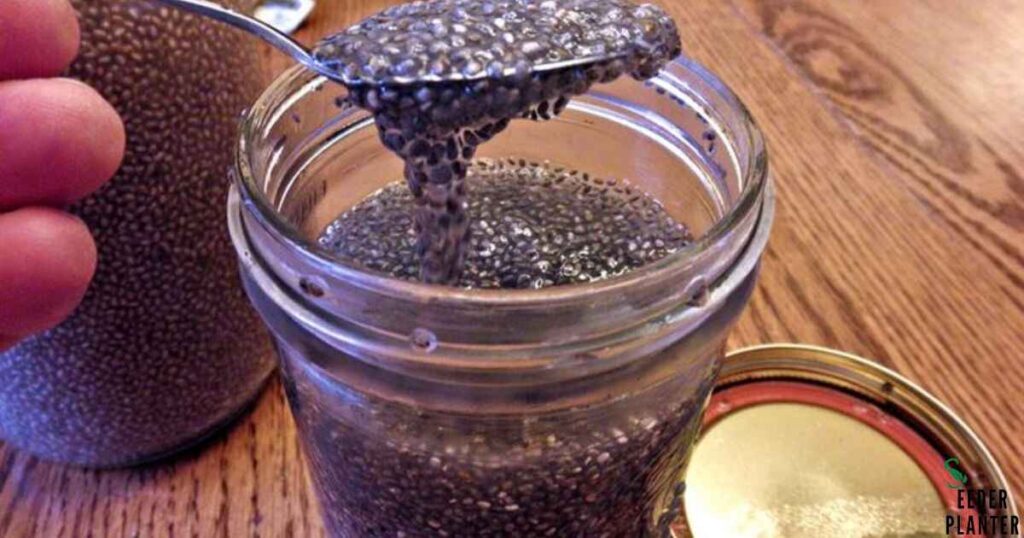
Understanding the unique properties of chia seeds can help explain why the question “do you have to soak chia seeds” is so common. Chia seeds have a remarkable ability to absorb liquid, expanding to several times their original size.
This absorption property is due to the soluble fiber in chia seeds, which forms a gel-like substance when exposed to liquid. This gel can slow down the conversion of carbohydrates to sugar, potentially helping to regulate blood sugar levels.
However, this same property is why some people prefer to soak chia seeds before consumption. When consumed dry, chia seeds will absorb liquid in your stomach. While this isn’t harmful for most people, it can potentially cause discomfort if large quantities of dry seeds are consumed without adequate liquid.
Chia Seeds and Digestive Health
The high fiber content of chia seeds makes them an excellent choice for supporting digestive health. However, if you’re not used to consuming high-fiber foods, it’s best to introduce chia seeds gradually into your diet to avoid potential digestive discomfort.
Whether you choose to soak your chia seeds or not, be sure to drink plenty of water when consuming them. This will help the seeds move through your digestive system smoothly and prevent any potential constipation.
Also Read This Blog: scripture About PlantingSeeds: Cultivating Spiritual Growth?
Chia Seeds for Weight Management
Chia seeds are often touted as a weight loss aid due to their high fiber and protein content, which can help promote feelings of fullness. However, it’s important to note that no single food can cause weight loss on its own. Chia seeds should be part of a balanced diet and healthy lifestyle for optimal health benefits.
Incorporating Chia Seeds into Your Diet: Recipe Ideas
Now that we’ve explored the question “do you have to soak chia seeds,” let’s look at some delicious ways to incorporate these nutritious seeds into your diet:
Chia Pudding
Chia pudding is perhaps the most popular way to enjoy soaked chia seeds. Here’s a simple recipe:
- Mix 1/4 cup chia seeds with 1 cup of milk (dairy or plant-based)
- Add a sweetener of your choice (honey, maple syrup, or stevia)
- Stir well and refrigerate overnight
- In the morning, top with fresh fruit and nuts
Chia Jam
Make a healthy, low-sugar jam by mixing chia seeds with mashed berries:
- Mash 2 cups of berries in a bowl
- Stir in 2 tablespoons of chia seeds and 1 tablespoon of honey
- Let sit for about 5 minutes, then stir again
- Refrigerate for at least an hour before using
Chia Energy Balls
For a quick, healthy snack:
- Mix 1 cup of dates, 1/4 cup of chia seeds, 1/4 cup of nuts, and 2 tablespoons of cocoa powder in a food processor
- Roll the mixture into small balls
- Refrigerate for at least an hour before enjoying
Potential Risks and Considerations
While chia seeds are generally safe for most people, there are a few considerations to keep in mind:
- Choking Risk: Due to their ability to absorb liquid and expand, dry chia seeds can pose a choking risk, especially for people with swallowing difficulties. This is another reason why some people prefer to soak chia seeds before consumption.
- Allergies: Although rare, some people may be allergic to chia seeds. If you experience any allergic reactions after consuming chia seeds, discontinue use and consult a healthcare professional.
- Medication Interactions: Due to their high omega-3 content, chia seeds may interact with blood-thinning medications. If you’re on such medications, consult your doctor before adding chia seeds to your diet.
Frequently Asked Question
What happens if you don’t soak chia seeds?
If you don’t soak chia seeds, you can still consume them safely and benefit from their nutrients. Dry chia seeds will absorb liquid in your digestive system, which can potentially cause some mild discomfort if consumed in large quantities without adequate hydration. However, for most people, eating unsoaked chia seeds is perfectly fine when incorporated into recipes or sprinkled on foods that already contain moisture.
Is it better to eat chia seeds dry or soaked?
Both dry and soaked chia seeds offer nutritional benefits, but soaked seeds may have some advantages. Soaking chia seeds makes them easier to digest and may increase the bioavailability of some nutrients. Soaked chia seeds also form a gel-like consistency that works well in many recipes and can help you feel fuller for longer. However, dry chia seeds are more versatile for use in baking or as a crunchy topping. The choice between dry and soaked largely depends on your personal preference and how you plan to use them in your meals.
How long should chia seeds be soaked?
The ideal soaking time for chia seeds can vary depending on your intended use:
- For a basic chia gel: Soak for about 15 minutes, stirring occasionally to prevent clumping.
- For chia pudding: Soak for at least 2 hours or overnight in the refrigerator for the best texture.
- For use in smoothies or as an egg replacement: A quick 5-10 minute soak is usually sufficient.
Remember, chia seeds can absorb up to 12 times their weight in liquid, so be sure to use enough liquid when soaking. A common ratio is 1/4 cup of chia seeds to 1 cup of liquid, but this can be adjusted based on your desired consistency.
Is it safe to eat raw chia seeds?
Yes, it is generally safe to eat raw chia seeds. In fact, chia seeds are often consumed raw and don’t require cooking to be safe or nutritious. However, there are a few considerations:
- Choking risk: Due to their ability to absorb liquid and expand, dry chia seeds can pose a choking risk, especially for people with swallowing difficulties. It’s best to consume them with enough liquid or mixed into other foods.
- Digestive comfort: Some people may find that raw, dry chia seeds cause mild digestive discomfort. If you experience this, try soaking the seeds before consumption or gradually increasing your intake to allow your digestive system to adjust.
- Phytic acid: Like many seeds, chia seeds contain phytic acid, which can interfere with the absorption of certain minerals. Soaking or sprouting chia seeds can help reduce phytic acid levels, potentially improving nutrient absorption.
While raw chia seeds are safe for most people, if you have any concerns or pre-existing health conditions, it’s always best to consult with a healthcare professional before making significant changes to your diet.
Conclusion
So, do you have to soak chia seeds? The answer largely depends on your personal preferences and how you plan to use them. While soaking isn’t strictly necessary, it can make the seeds more versatile and potentially easier to digest.
Whether you choose to soak your chia seeds or use them dry, these tiny nutritional powerhouses offer a wealth of health benefits. From supporting digestive health to providing essential nutrients, chia seeds are a valuable addition to a balanced diet.
Remember, the key to reaping the benefits of chia seeds – or any superfood – is consistency. Incorporate them into your diet regularly, in ways that you enjoy, and always as part of a varied, balanced eating plan. Whether soaked or dry, chia seeds are a simple way to boost the nutritional value of your meals and snacks.

I am Alexander James, a seasoned professional with 4 years of expertise, brings passion and skill to every project. Elevate your experience with my knowledge and creativity.
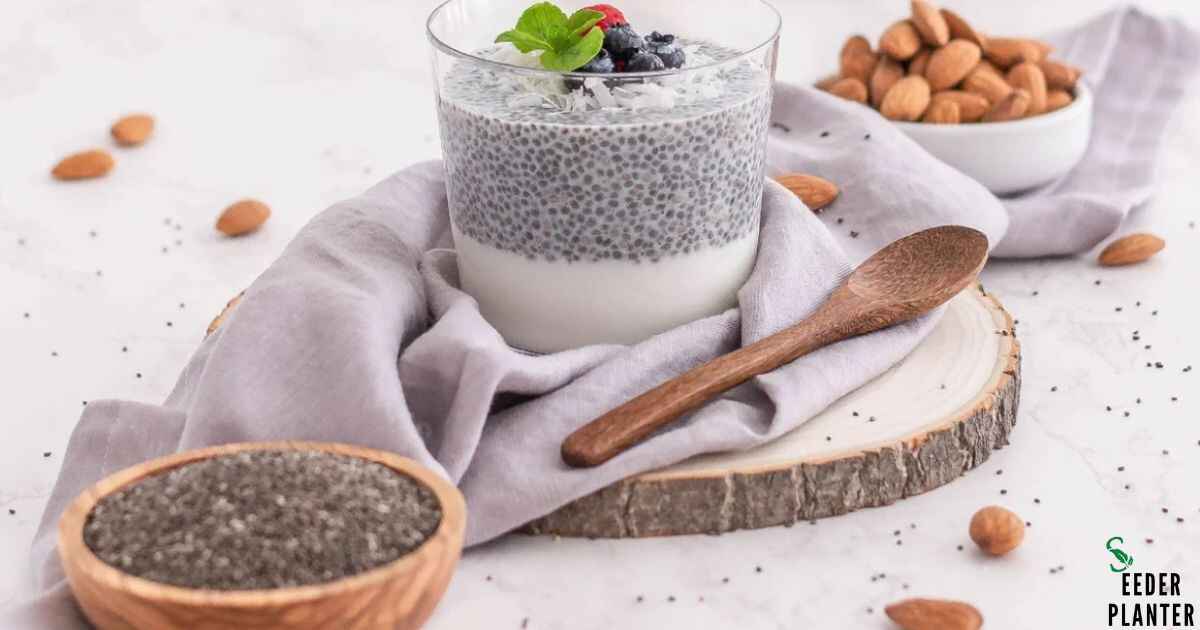

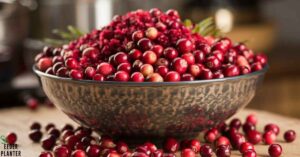
![Hollyhock Seeds: The Complete Guide to Success [2024]](https://seederabout.com/wp-content/uploads/2024/10/Hollyhock-Seeds-The-Complete-Guide-to-Success-2024-300x157.jpg)


